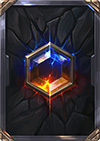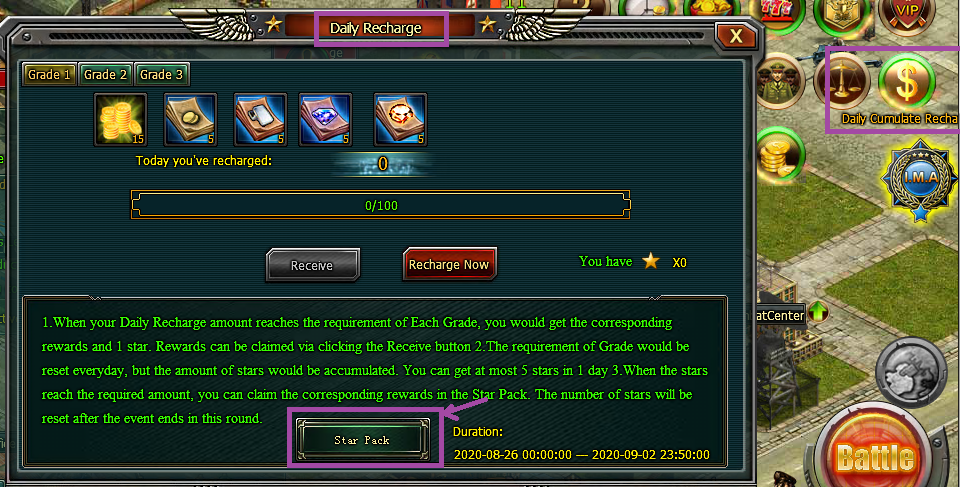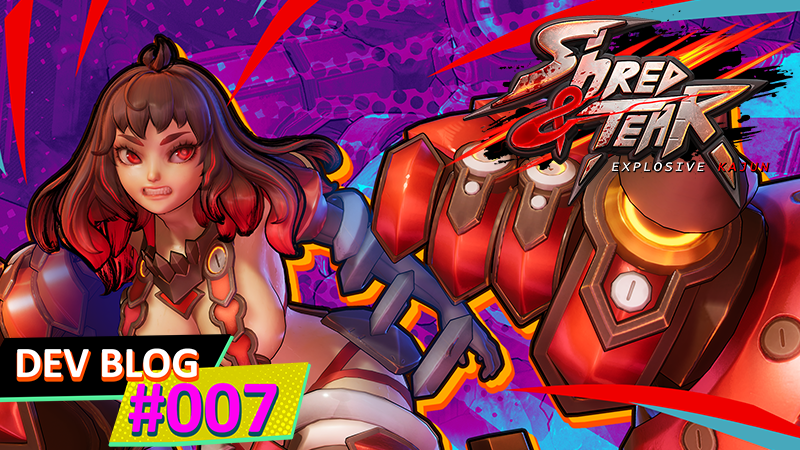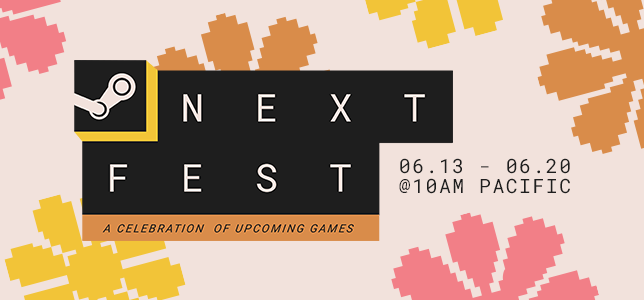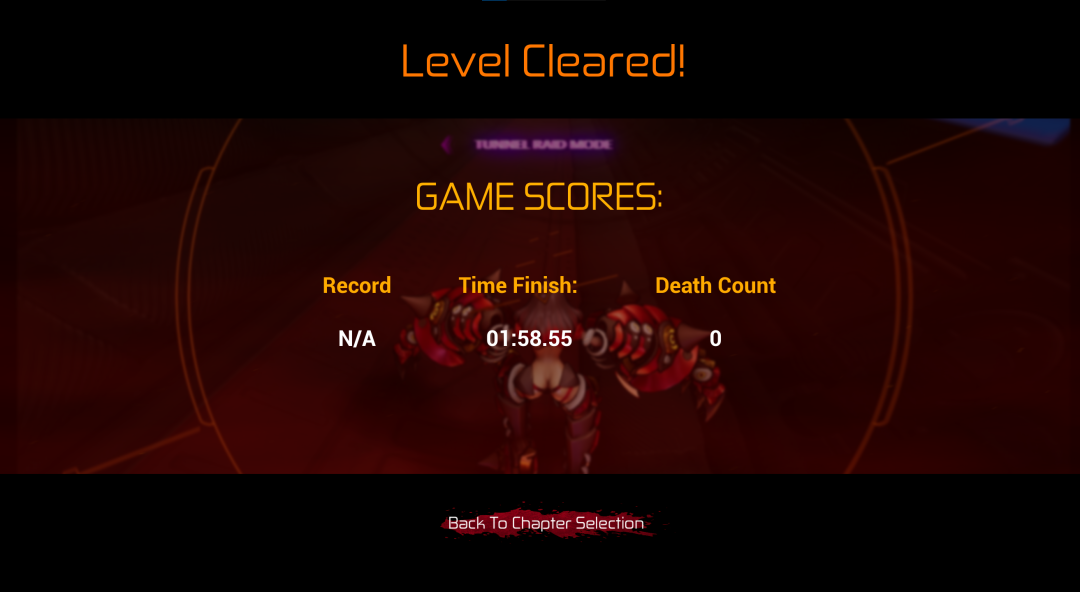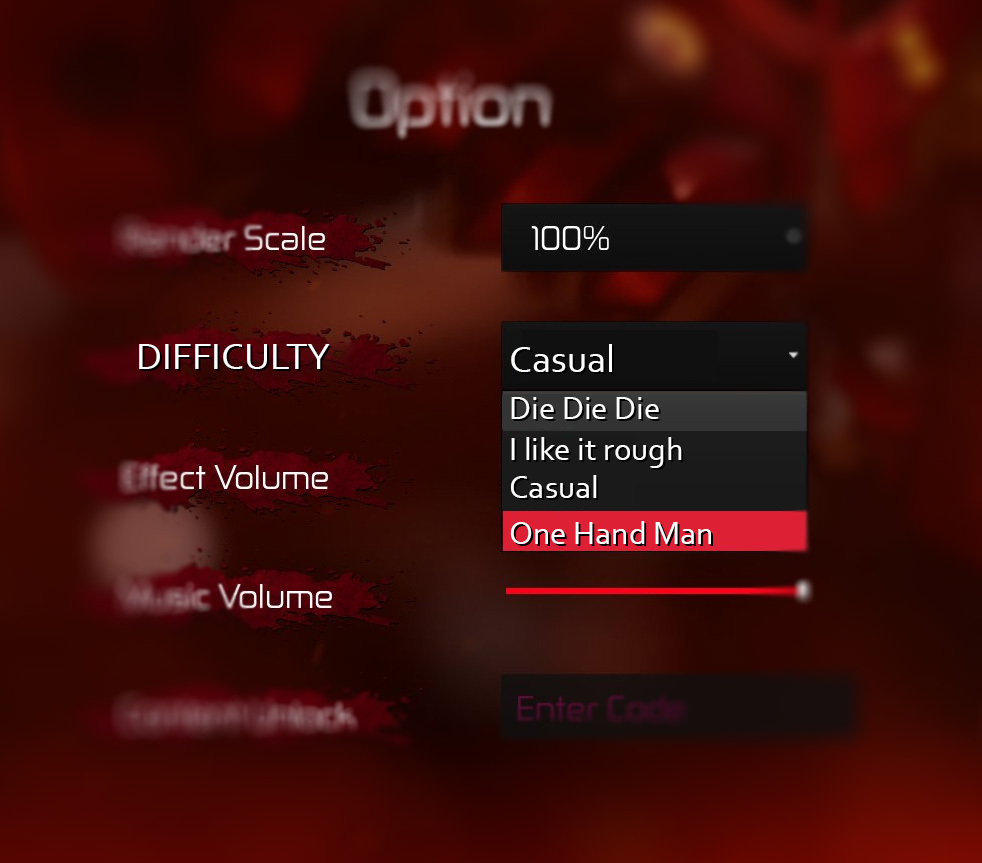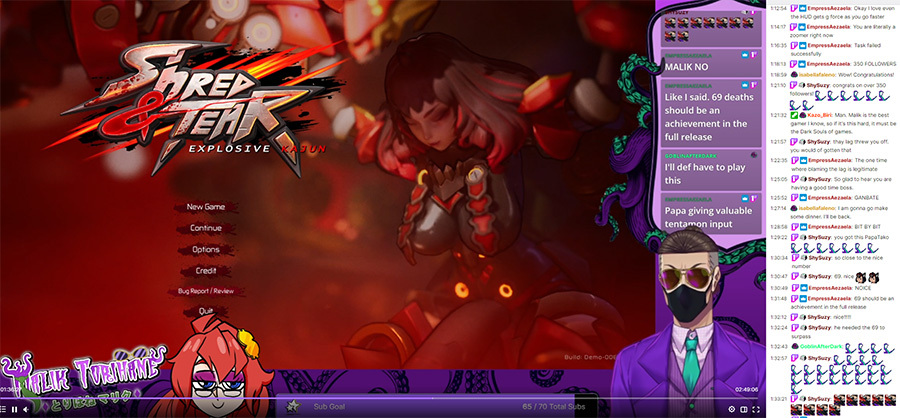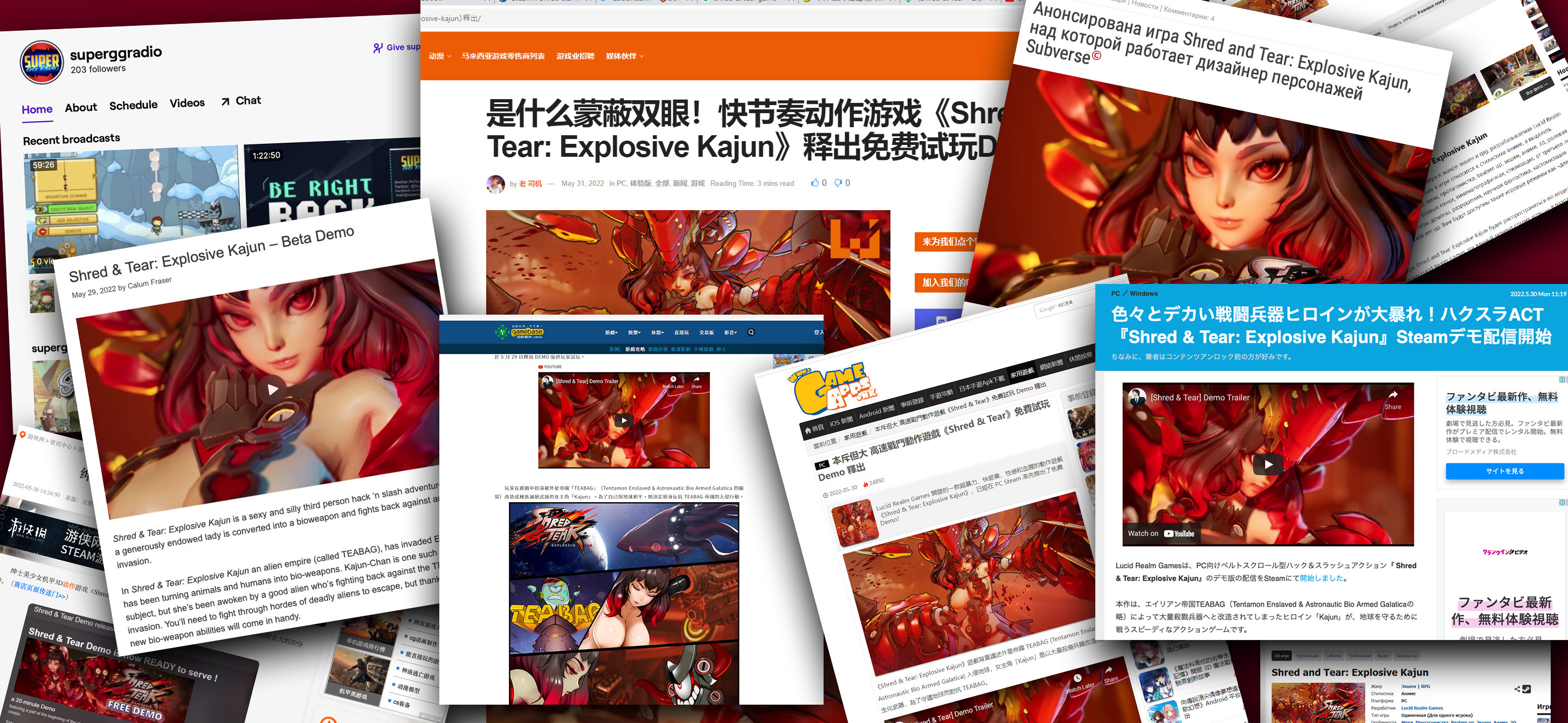
Jul 15, 2022
The Dragoness: Command of the Flame - aaron.raw
Exploring more of Níwenborh!
In our last post, we took our first look at Níwenborh, the kingdom’s new capital that you’ll be working to restore throughout your campaign. We touched on the utility of essential buildings such as the Magic Amplifier, recruitment Camps, Training Grounds, Oracle, and Marketplace, and how they can be used to bolster the strength of your forces, improve the Commander’s abilities, and trade precious resources!
This time around we’ll be examining some of the more specialised buildings that you’ll be constructing and utilising in the later stages of your adventure.
Monster Mash
Mercenary Camp - One of the strongest buildings you can erect in the Capital, this tall tower allows you to begin recruiting unique and dangerous units that would not otherwise be available through camps.
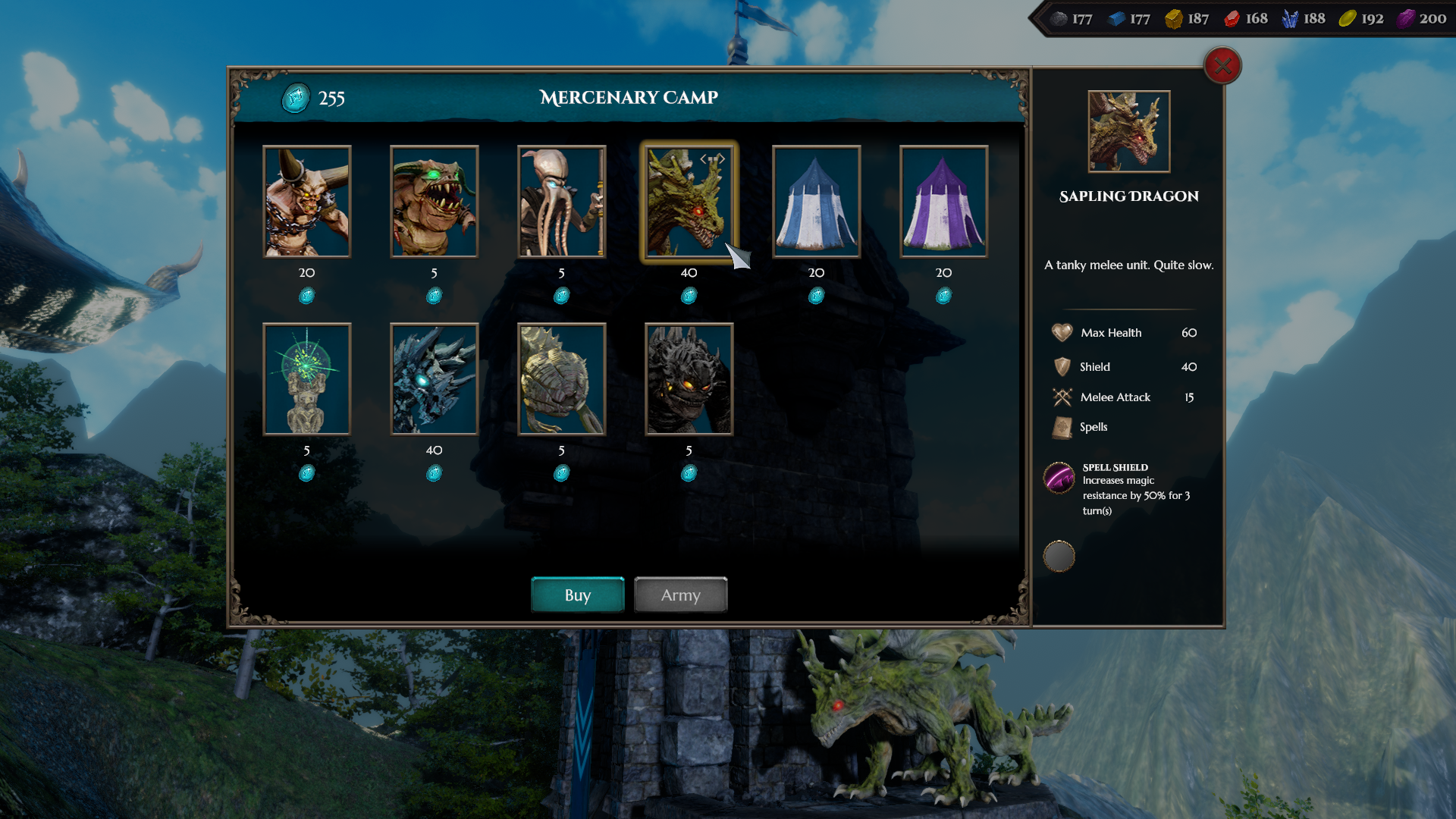
While these creatures hold no loyalty to the Dragoness, they can be bought for a price. Commanders can use the rare resource, Mercenary Sigils, to hire these Units for their next quest. Players can hire multiple mercenaries at the same time and mix them into their army with regular units, provided they have enough space of course!
Shrine of Souls – An essential upgrade for those with an affinity for battle. The Shrine of Souls maintains a record of all the beast units that you have defeated while undertaking quests. If you defeat enough of a specific creature, you will unlock extra resources which in turn can be used to build more capital structures.
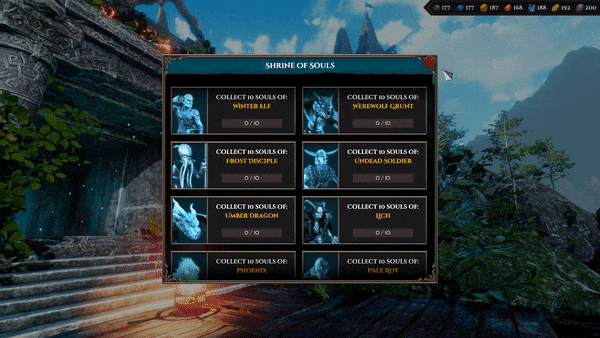
The more powerful or rarer the slain unit, the better the rewards!
Forge Ahead
Ancient Forge – As you explore the Drairthir Peninsula you’ll discover and collect various exotic artifacts and rare shards.
Artifacts are powerful items that the Commander can equip to provide offensive and defensive buffs to her army and improve her spells and abilities. Shards on the other hand are artifact fragments which can be smelted down at the Ancient Forge to craft entirely new items.
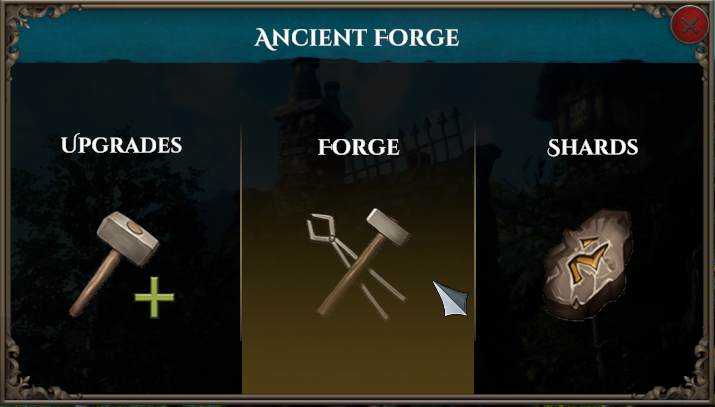
By upgrading the Ancient Forge you’ll eventually be able to combine two of the same artifacts to craft an even more powerful version. Just remember that an artefact can reach a maximum of two-star levels, at which point it can no longer be improved.
Black Market – Unlike the regular Marketplace which trades in resources, the Black Market deals exclusively with artifacts. As you explore and through the use of the Ancient Forge you’ll gradually start gathering multiples of the same artifact. Fortunately, any unwanted or spare artifacts can be traded on the Black Market for random artifacts of the same star level.

Upgrades, People, Upgrades
Almost all the buildings that you construct in the Capital can be upgraded in some way. These upgrades vary depending on the structure but all will aid you in your quest to overcome the Shai-Va and the mysterious affliction that has blighted the peninsula.
For example, upgrading the Ancient Forge unlocks the ability to create more powerful artifacts by merging duplicates. Further upgrades will then increase your percentage chance of creating more powerful artifacts when smelting shards, or reduce the cost of shards needed when creating a new artifact!

Níwenborh will gradually become more vibrant and grander as you continue to work on its restoration. You’ll notice this when you upgrade an existing structure, with new visual elements appearing as you purchase each upgrade.
And that is everything you need to know about the capital of Níwenborh! We hope you’ll enjoy creating a mighty city to act as a bulwark against the chaos spreading throughout the kingdom.
In our next update, we’ll be elaborating more on the use of Artifacts as well as their importance during battles.
See you then!
- Crazy Goat Games & PQube
Follow PQube Indies on:
 ⠀⠀⠀
⠀⠀⠀ ⠀⠀⠀
⠀⠀⠀ ⠀⠀⠀
⠀⠀⠀






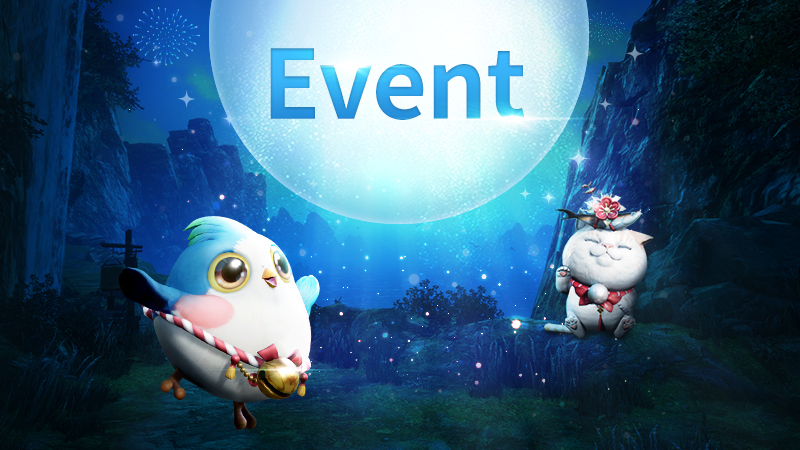




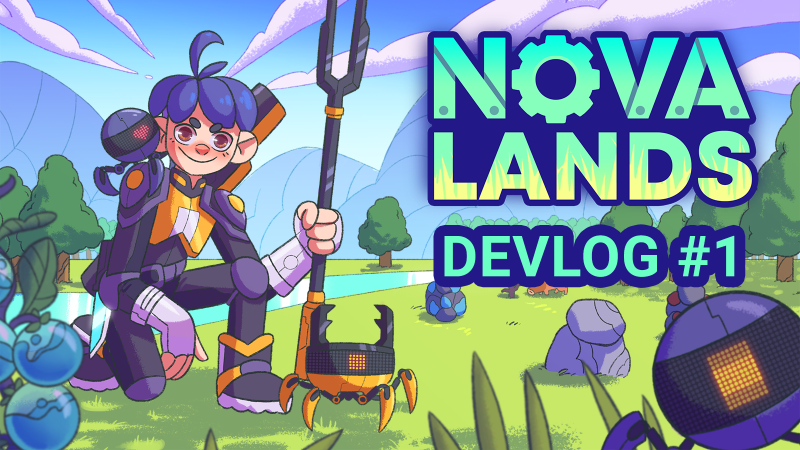
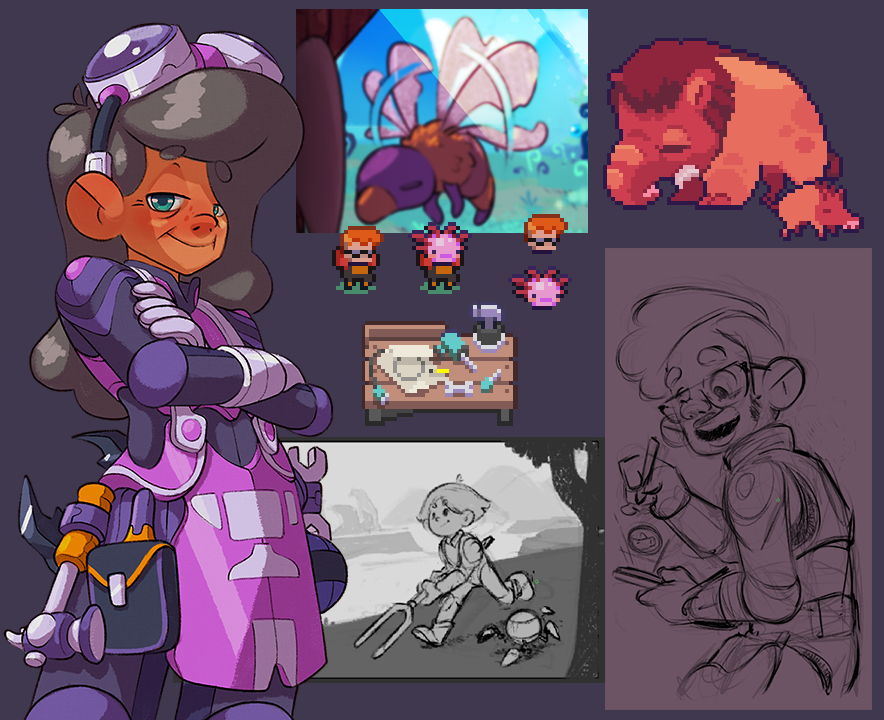
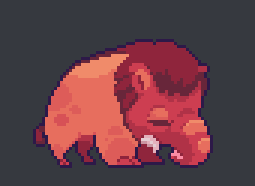

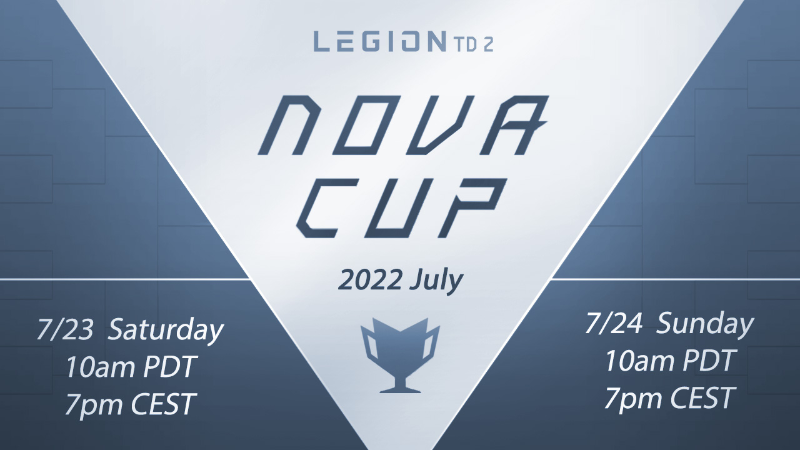
 New Participation Prize!
New Participation Prize!